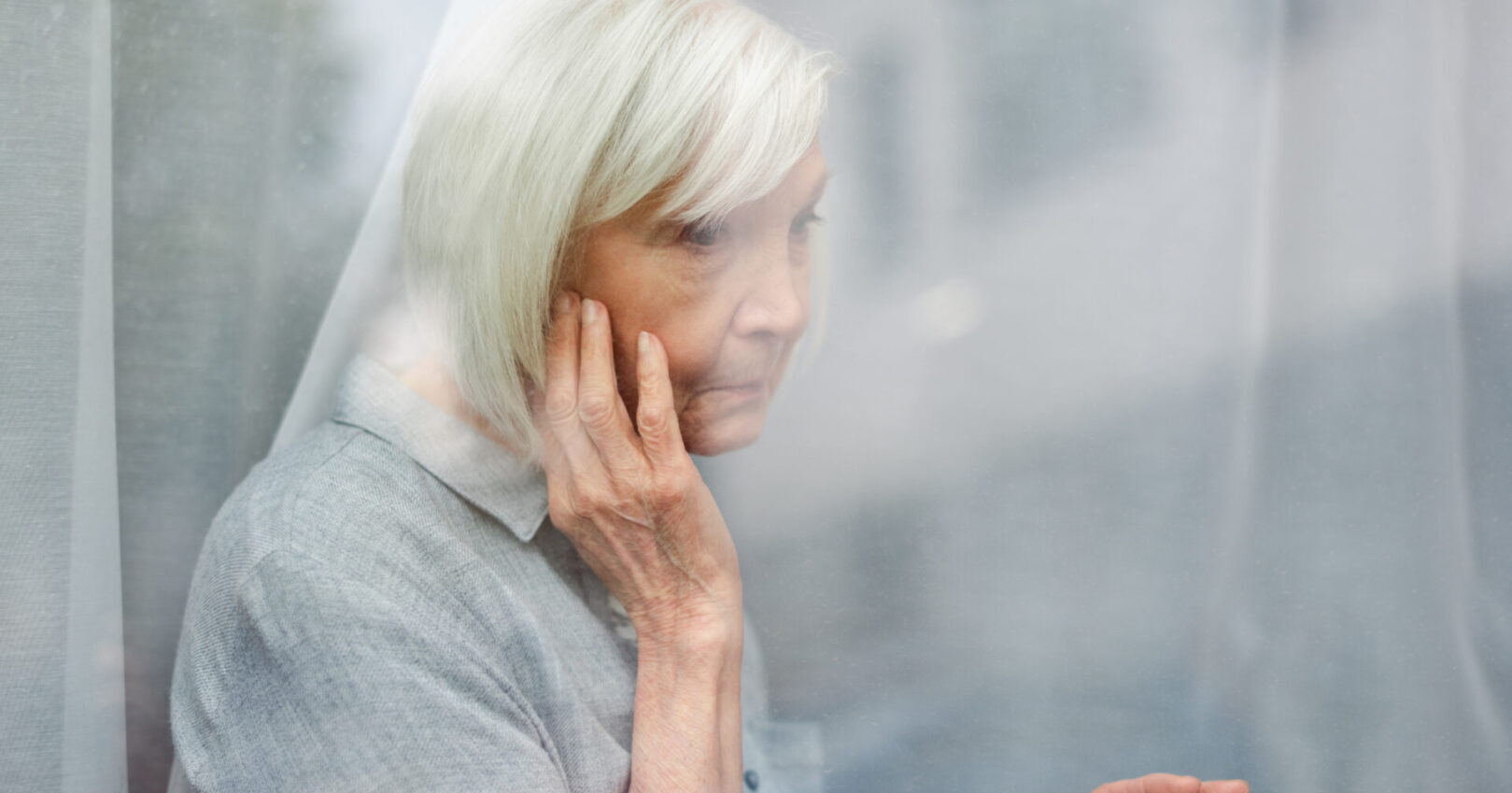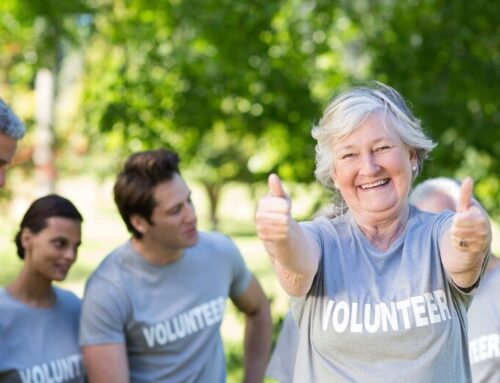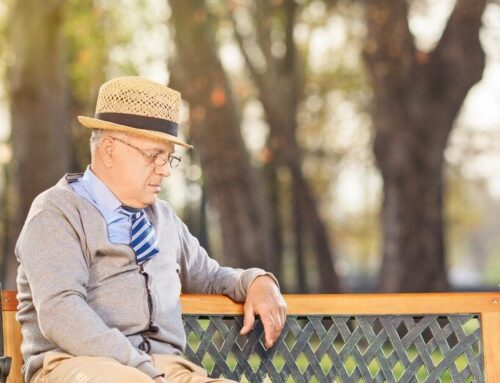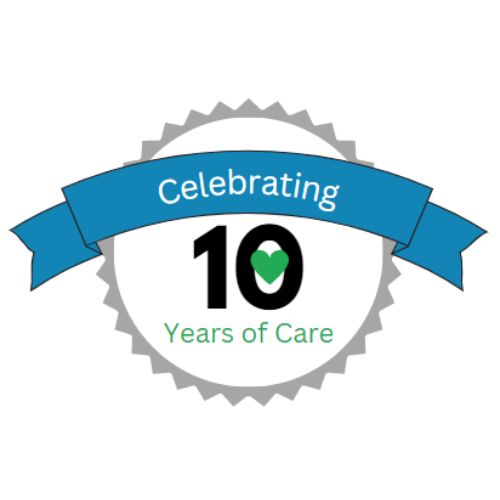Seasonal depression is common in the winter months. Specifically, depression experienced during the winter months, due to a lack of vitamin D and other characteristics, is labeled, Seasonal Affective Disorder, or SAD. But, while people of all ages can experience SAD, depression in seniors can lead to even further, harmful symptoms. Fortunately, there are a few things seniors and their caregivers can do to prepare for the winter months and Seasonal Affective Disorder.
Defining What Seasonal Affective Disorder Is
So, what is SAD, or Seasonal Affective Disorder? Knowing more about this condition and its symptoms can help with identifying if it’s what’s affecting you or a loved one. This way, help can be established and the most negative effects of this condition can be avoided.
Feeling the blues around the holidays and dreary winter months is common. But, if this seasonal sadness persists for an extended period of time, this may hint at SAD being the issue. Seasonal Affective Disorder is characterized by periods of depression that come annually. Typically, this season is winter, but it can very well happen during any other season of the year too. Colder, darker and shorter days make winter the most common season for individuals to experience symptoms of SAD. But, experiencing trauma and loss during other times of year can also trigger sadness and depression, triggering SAD at other seasons for some.
Essentially, the difference between SAD and other types of depression is that it happens during a specific season. And, that the symptoms of this type of depression are experienced annually during this season.
Getting Help for Seasonal Affective Disorder
Fortunately, if you or a loved one thinks they’re living with Seasonal Affective Disorder, there is help available. And, treatments are successful in helping individuals manage and even reduce symptoms of this disorder.
One of the most commonly prescribed methods of treatment for Seasonal Affective Disorder is medication. Certain antidepressants are effective in helping curb the symptoms of depression, even for people living with seasonal depression. To get these medications, you’ll need to speak with your psychologist or psychiatrist to get a prescription.
Another common therapy for SAD is light therapy. One reason for the development of SAD is a lack of vitamin D, due to the shorter winter days and less sunlight. This therapy utilizes a lightbox that beams light directly onto the skin, allowing the body to soak up vitamin D. This vitamin is essential for the proper functioning of the neurotransmitters responsible for the management and regulations of emotions.
Help for Depression in Seniors Living With SAD
Often, therapy and medication may not be enough to help a person living with SAD, especially older individuals who may be living at home. That’s where in-home caregivers can come in to help. With in-home care, depression in seniors is manageable with help from:
- medication management and scheduling
- companionship
- transportation to and from doctor appointments
- helping with daily bathing/hygiene
- assisting with cooking and cleaning
- and more
With in-home care, seniors with SAD have support when they otherwise would be home alone. If you or a senior loved one living at home is living with Seasonal Affective Disorder, an in-home caregiver may be a helpful piece to the puzzle.
Finally, to find out more about in-home caregivers and Florida First Senior Home Care, a referral service that utilizes a network of qualified in-home caregivers, visit our website. Or, give us a call at 561-559-9273.







